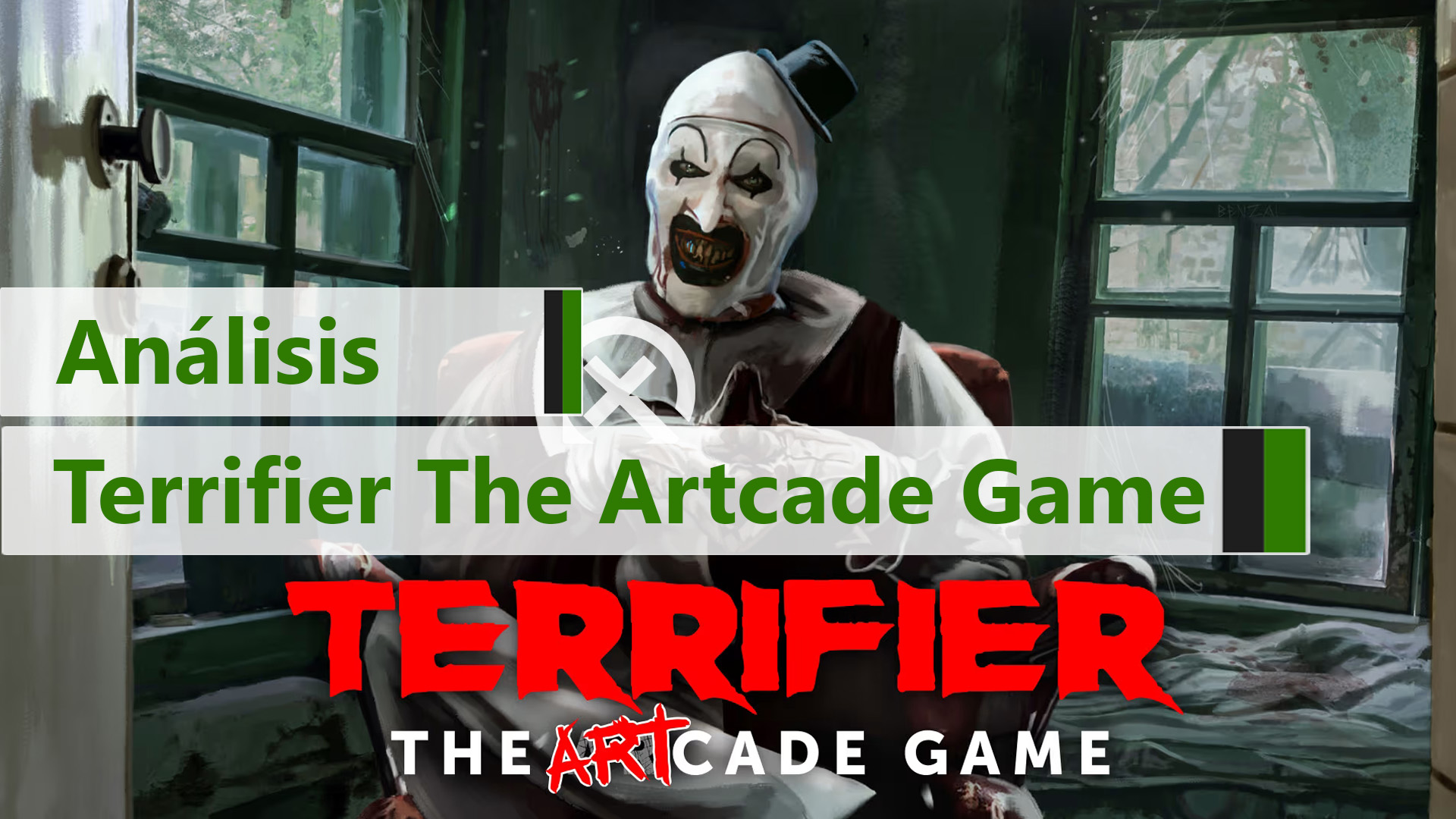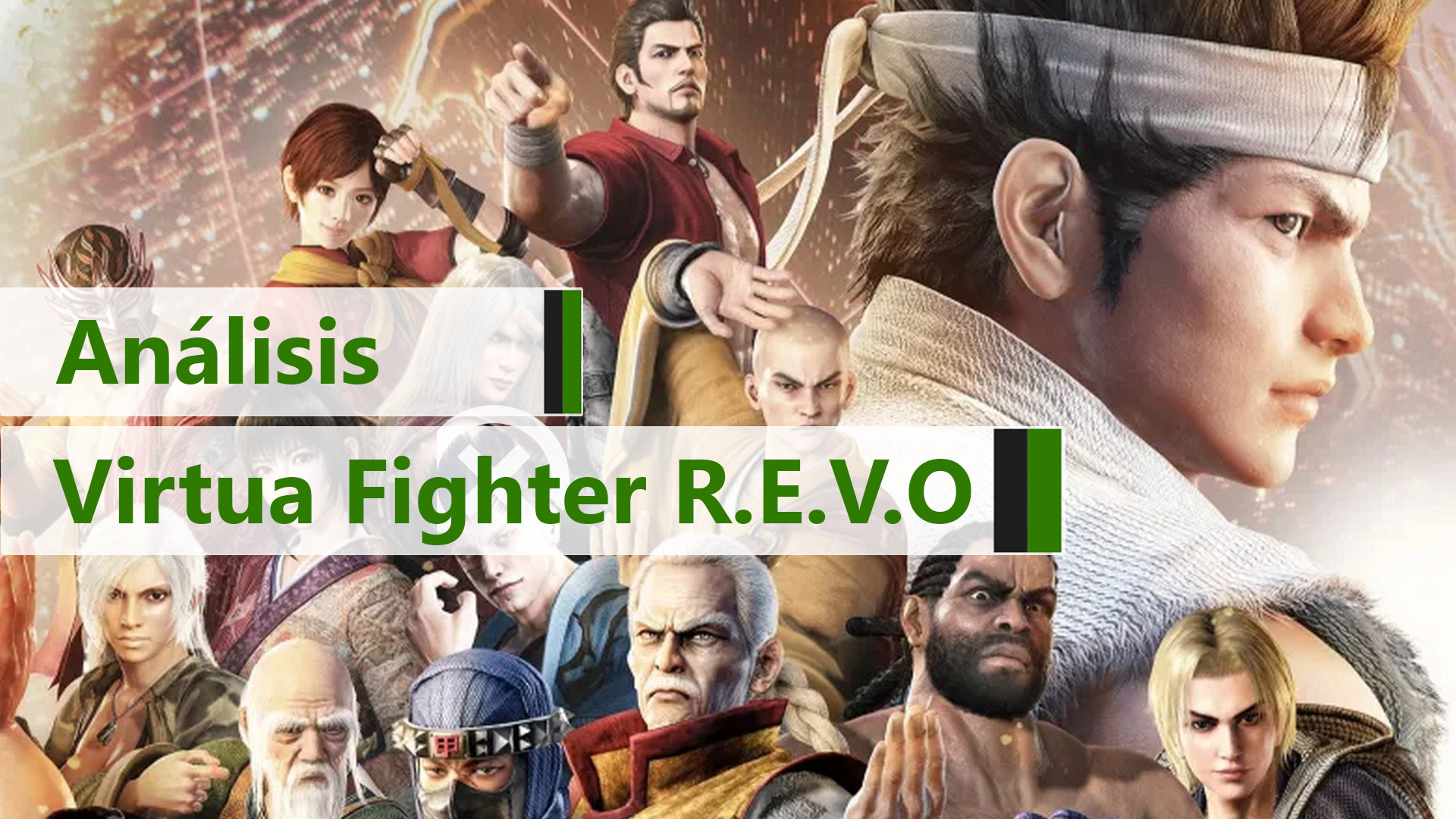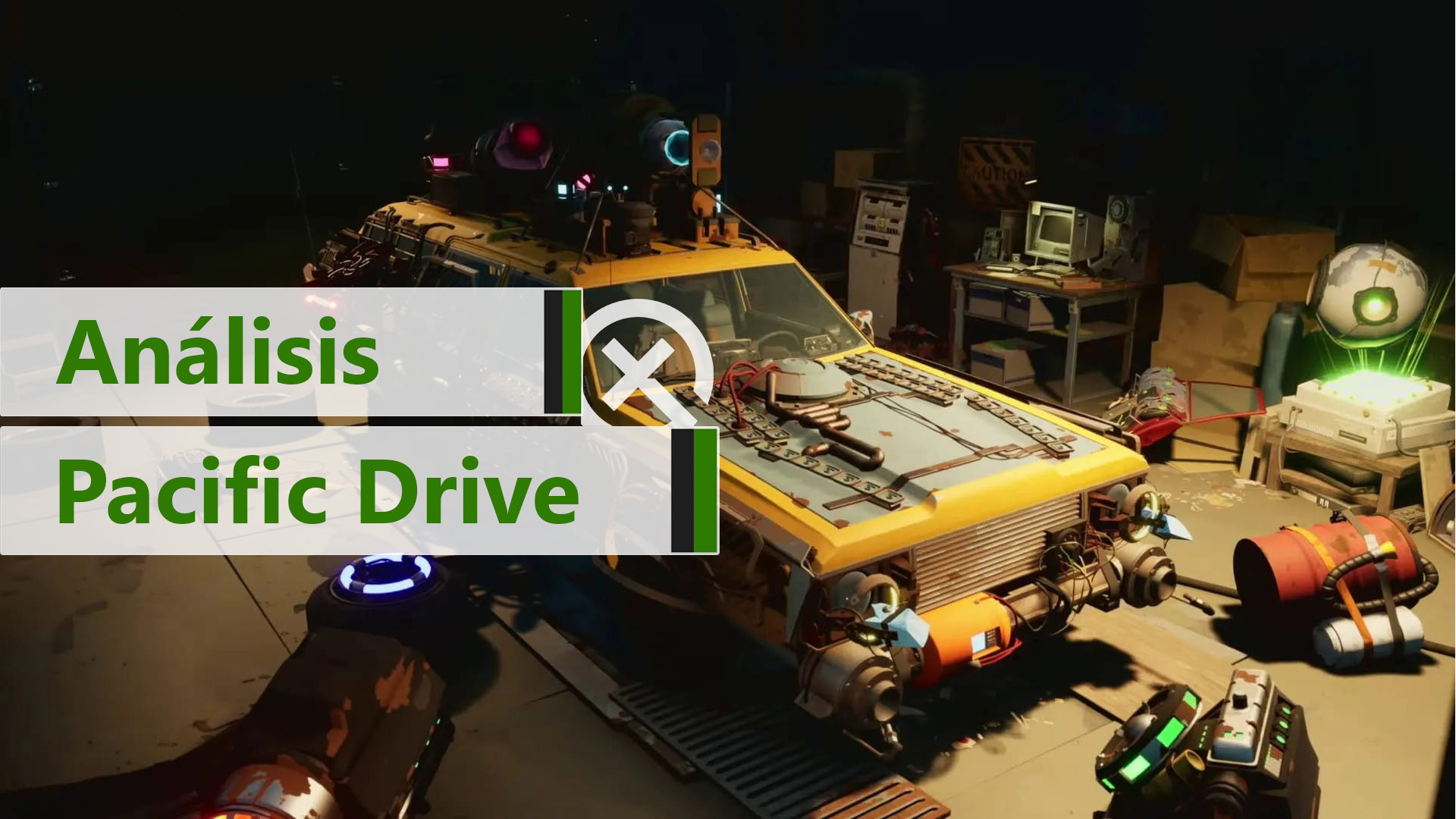We analyze the expected, Mafia: The Old Country, a game that will not leave you indifferent.
Take a look at these other reviews
- Review of Terrifier: The ARTcade game – The clown fights the neighborhood
- Review of Virtua Fighter R.E.V.O World Stage – The return of a pioneer
- Review of Pacific Drive for Xbox Game Pass – Accelerating in another dimension
| Don't miss anything and follow us on Google News! |
It’s been nearly nine years since Mafia III, and although the wait has been long, Mafia: The Old Country doesn’t feel like a simple sequel. It’s a return to the roots of the franchise, a cinematic return to the heart of organized crime, with all the aroma of the Mediterranean and the brutality of a lawless era. In this installment, we embody Enzo Favara, a young man marked by misery and forced labor who dreams of rising through the criminal hierarchy of the Torrisi family. His path, as you can imagine, is not exactly clean.
Hangar 13 bets on a linear experience, but very polished, focused on drama, violence, and betrayal. The Old Country not only expands the Mafia universe, but also reinvents it from its foundations, transporting us to early 20th-century Sicily with a cruder, closer, and more immersive approach than ever. A game that’s enjoyed like a playable mafia movie, with all the ingredients of the genre.
Technical Section
The first thing that surprises is how alive the world feels, despite its linear focus. The Old Country displays very varied scenarios: from stone villages battered by the sun to underground crypts, vineyards, forests, and humid alleys where tension is palpable. Visually, it doesn’t reinvent the wheel, but achieves a solid and coherent atmosphere, with an artistic design that breathes authenticity in every corner.

Visually, the game has surprised me more than I expected. Lighting plays a crucial role: from the shadows cast by cobblestone alleys to the reflections in puddles after a storm, everything is carefully detailed. The ambiance of early 20th-century Sicily feels alive and believable, with an art direction that not only recreates the era but makes it palpable. Additionally, Mafia: The Old Country moves with fluidity at all times, which is appreciated, even in sequences with a lot of action or on-screen effects. All this reinforces that feeling of living a mafia movie from the inside. One detail that I didn’t like as much is that video scenes are capped at 30 images per second, as well as the use of black borders, probably a design decision, but personally, I prefer they not be used.

Lighting, the use of cinematic filters, physics in combat, and particle effects in explosions or impacts are well integrated. That said, there are some technical ups and downs: certain textures take time to load punctually, and AI can have somewhat erratic behavior in closed spaces. Nothing serious, but it’s noticeable that it’s not a superproduction on the level of other AAA games. Even so, the overall works.

In terms of sound, the game shines with personality: from the music that mixes traditional instruments with orchestral tension, to the dry effects of white weapons, the crunch of bones in hand-to-hand combat, or the roar of shotguns. The voices in English and Italian are very well worked, and the game’s localization into Spanish is outstanding, without a doubt, it keeps you inside the world that envelops you at all times, allowing you to deactivate subtitles for an even more immersive experience. In general, care is noticeable in the sound ambiance and how it accompanies the action with drama without excess. With a story that begins slowly and gradually increases in intensity until reaching its climax, and then doesn’t decrease until you finish the game.
Gameplay
Mafia: The Old Country bets on a more direct approach, with crude and lethal combat. There are no automatic covers or health regeneration: every decision counts, and every mistake is paid dearly. The combat system mixes hand-to-hand combat with firearms, and although it’s not as polished as in other shooters or beat’em ups, it has its own identity. The use of knives, blades, or even silent ambushes adds variety and tension. Ammunition is scarce, and that forces you to improvise, to measure each confrontation, and never to trust yourself. You’ll have to sharpen your blades to continue using them. This way, you can open loot boxes.

To heal, we’ll have to use bandages, and we’ll have a varied selection of weapons to choose from with the crosshair. To get ammunition, apart from what we find in the scenarios, we can also steal it from defeated enemies, something very useful when you’re in combat. We can cover ourselves in the purest Gears Of War style, although the previous Mafia games already did this, in this one, there’s still some work to be done so that the animations and use of covers feel more organic and not forced. Although we can decide in many cases whether we want to go all out or fight more strategically from cover to cover, it’s not perfect.
One of the most interesting points is Enzo’s “instincts” system, which allows us to detect nearby enemies and plan better movements. The use of amulets with special effects is also appreciated, which can make a difference in key moments. The entire game is designed to convey that feeling of being at a disadvantage, of moving with fear and determination in equal parts.

One of the most attractive aspects of Mafia: The Old Country is how it adapts to the historical context through its transportation system. Our main means will be the horse, which not only becomes an essential tool for moving through rural roads or escaping at full speed but can also be customized and improved. As we advance, it’s possible to earn money in different missions or activities to buy new horses, more powerful weapons, and special amulets with playable effects. There are also vehicles from the era, such as early 20th-century cars, which, despite their roughness, are surprisingly fun to drive and add variety in missions where speed and pursuit set the pace. All this adds a layer of progression and personality that enriches the experience.

Additionally, confrontations aren’t always resolved with gunfire. There are contextual decisions, options for stealth, and knife fights that feel especially personal. The tension is constant, and although control can be a bit rough in reduced spaces, the crudeness of the combat ends up being part of its charm.
Duration
The main campaign has a very measured pace. It’s a linear experience, yes, but very well narrated and without filler. In about 10-13 hours, you can reach the end, although if you stop to explore, search for objects, and traverse every corner of the game, the time can be extended a bit more. Additionally, the adjusted price (49.99€) makes it an attractive proposal for those seeking an intense but contained experience.
It’s not a game designed to get lost in for months, but yes to leave a mark. The story of Enzo Favara is one that stays with you, and the closed focus helps to center everything on the characters, betrayals, and decisions that will mark the protagonist’s destiny.
Conclusion
Mafia: The Old Country doesn’t pretend to reinvent the genre or compete with open-world superproductions. What it does, it does with firmness: tell a crude, intense, and cinematic story, set in a period rarely explored in video games. It’s a title that feels authentic, mature, and well-constructed, ideal for those who miss action narrative games with a strong dramatic charge.
Hangar 13 has known how to pay homage to the saga’s origins without renouncing its own vision, and the result is one of those games that doesn’t need to be enormous to be memorable. Enzo Favara is not Vito Scaletta or Tommy Angelo, but his story deserves to be told. And played.
We thank 2K Games for the material provided to carry out this analysis.






